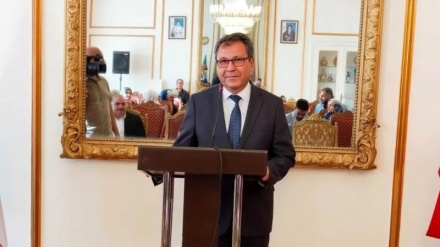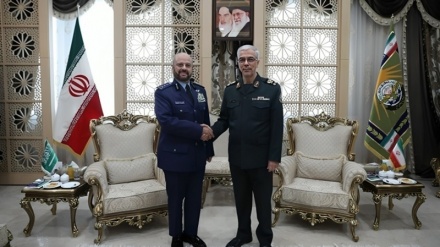If Raeisi wasn't there, US-backed terrorists had butchered people of Tehran in 80s
-
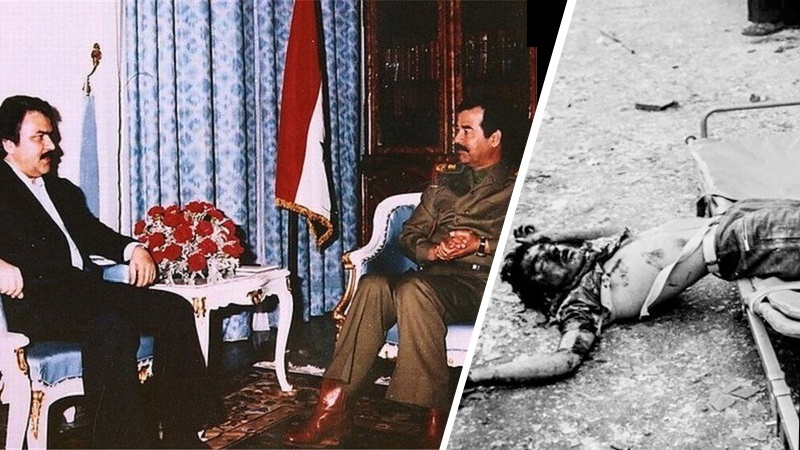
The picture of Mas\'oud Rajavi, former leader of the terrorist group MKO, alongside former Iraqi dictator Saddam.
Pars Today - The reason for the terrorists' joy over the martyrdom of Ayatollah Raeisi and his companions stems from various reasons, particularly his role in punishing the notorious terrorists known as the Mojahedin-e Khalq (MKO) in 1980s.
The unfortunate incident that occurred to the helicopter carrying the President of the Islamic Republic of Iran and a group of officials accompanying him caused the Iranian nation to grieve and mourn the loss of these devoted individuals. Meanwhile, the terrorist groups and enemies of Iran beat their drums in celebration and expressed their joy over this tragedy.
One of the reasons for the enemies' joy is Ayatollah Raeisi's role in punishing and executing the Mojahedin-e Khalq terrorists in Tehran, known as the hypocrites, in the 80s.
It should be noted that Ayatollah Raeisi, as one of the judicial authorities of that time, played a crucial role in confronting the crimes and betrayals of the terrorists and punishing them, which has become a pretext for Iran's enemies and the remnants of terrorists to launch widespread attacks against him over the years.
The story of terrorist attacks by Rajavi's terrorists
Among the groups and currents that were active in Iran before the revolution, the "Mojahedin-e Khalq Organization" also known as MKO, is a familiar name for those who follow contemporary Iranian political history; a name that evokes sabotage, terrorism, bombing, and armed actions, especially during a time when the majority of the people, led by Imam Khomeini (God bless his soul), had chosen the path of peaceful struggle against the Pahlavi regime.
After the victory of the Islamic Revolution in Iran and the Iranians' rejection of the Mojahedin-e Khalq's extremist ideology and behavior, this organization attempted to seize power through armed struggle.
Mas’oud Rajavi, as the leader of the organization, had planned several stages to confront the Islamic Republic:
The first phase was called 'making the system futureless'; meaning that by assassinating Iranian officials, they would disrupt the stability and future of the system.
During this phase, which started on June 19, 1981, and continued until the summer of 1982, we witnessed the largest terrorist operation against the officials of the Islamic Republic. The bombing of the central office of the Islamic Republic Party, which martyred Shahid Beheshti and over 70 officials, is one example. Rajavi referred to this as a "fatal blow".
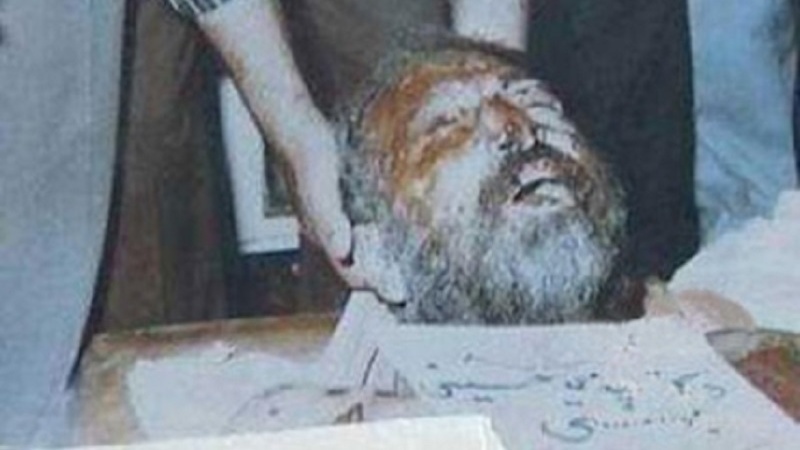
In the following stages, the terrorist organization MKO attempted to bomb Imam Khomeini's home and office but failed. They then targeted the President and Prime Minister (Martyrs Rajaei and Bahonar) and martyred them with a powerful bomb.
The Mojahedin-e Khalq organization, in addition to assassinating political figures, also targeted religious personalities, and the assassination of 5 Friday prayer leaders is an example of their crimes.
The analysis of the terrorist organization Mojahedin-e Khalq, which had close ties with the Americans, was that the tip of the ruling hierarchy had been struck, and they should now move on to the second phase, causing insecurity and crisis in Iran.
In this regard, the organization's members, under Masoud Rajavi's orders, began to terrorize and murder innocent people in the streets and markets; from grocers and bakers to defenseless women and innocent children, including a 3-year-old girl named Leila Nourbakhsh, who was burned alive by this terrorist cult.
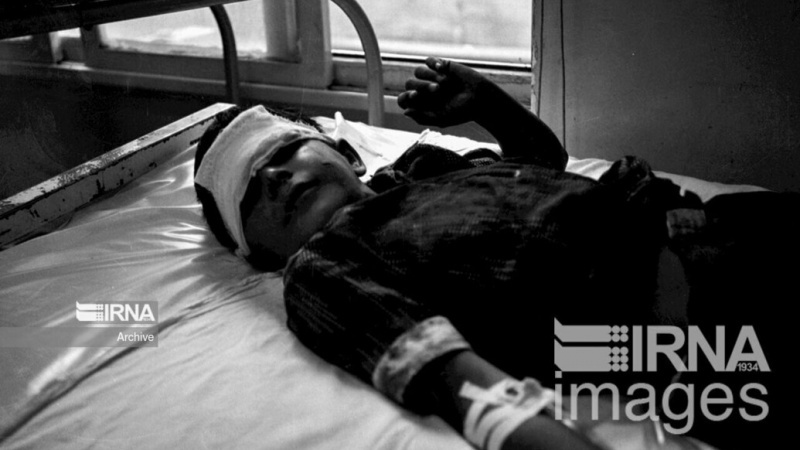
But these were not the only crimes committed by this terrorist organization against the Iranian people. During the Iraqi imposed war against Iran, when Iran was attacked by the Iraqi Baath regime with American support, the Rajavi terrorists stood alongside the Ba’ath regime and Saddam, providing extensive espionage and intelligence services to the Ba’ath regime, and soon earned the title of the "fifth column" of the regime. They even wore the uniforms of Iranian warriors to infiltrate the Iranian forces and carry out terrorist operations against Iranian soldiers.
The Rajavi terrorists also participated in the massacre of Iraqi Kurds who opposed Saddam.
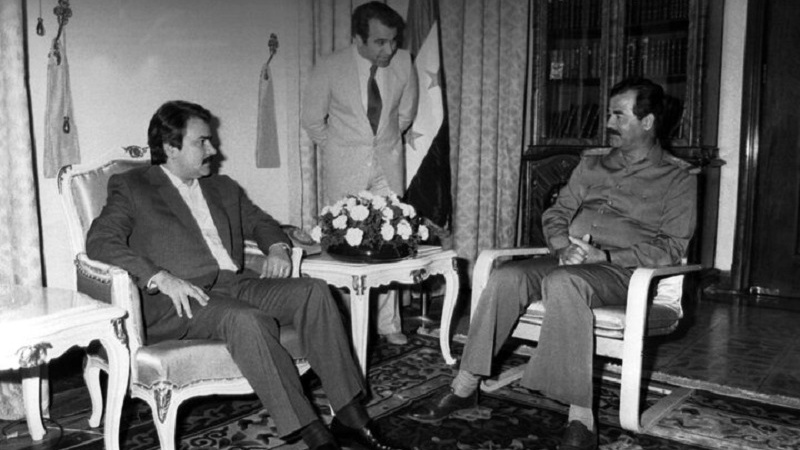
Mas’oud Rajavi and Saddam, the dictator of Iraq
During the Iraqi-imposed war against Iran, the MKO carried out several operations and directly entered the battlefield, such as Operation "Sun" or "Shining Sun", which resulted in the martyrdom and injury of around 3500 people and the captivity of 508 Iranian soldiers. In Operation "Mersad", 977 innocent Iranian people were martyred by these terrorists, and they committed unbelievable atrocities, including burning people alive, beheading patients, and setting fire to hospitals (where all mothers with their children were burned).
Furthermore, we can also mention their role in the massacre of Iranian pilgrims in Mecca in 1987.
It was in these circumstances that Ayatollah Raeisi, as a judicial authority, took a serious stand to defend the Iranian people against the infiltrated and established terrorists in Tehran.
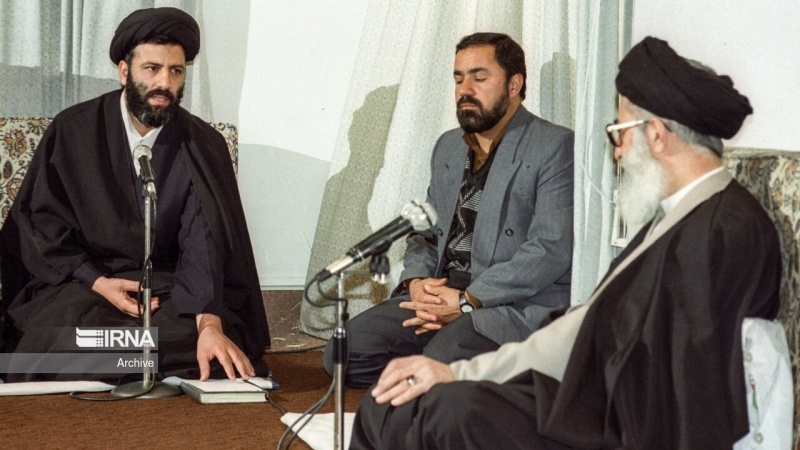
A personality who, during his presence in judicial institutions, punished the terrorists of Tehran and stood firmly to prevent the American-backed terrorists from butchering the Iranian people and Tehranis more than what we mentioned.
Now, one must ask: Why do the West and its media outlets tend to destroy Raeisi's reputation, instead of praising his actions, and continue to pursue a policy of lying and covering up historical facts? What is the West's benefit from this?
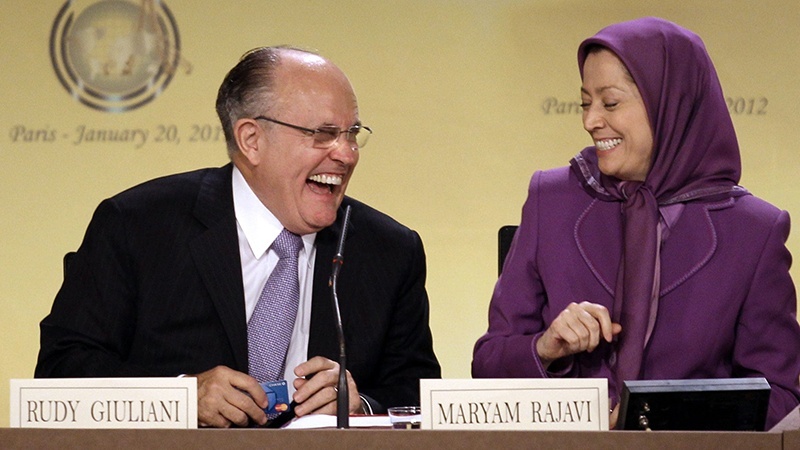
Sources:
Asghari, Hossein. 2024. Why are the enemies happy about Raeisi's martyrdom? Mehr News Agency.
Nicholson, Emma. 2003. MKO terror threat. Politico.
Key phrases: Who is Ayatollah Raeisi, Raeisi's biography, Mojahedin-e Khalq terrorists, execution in Iran
MG
